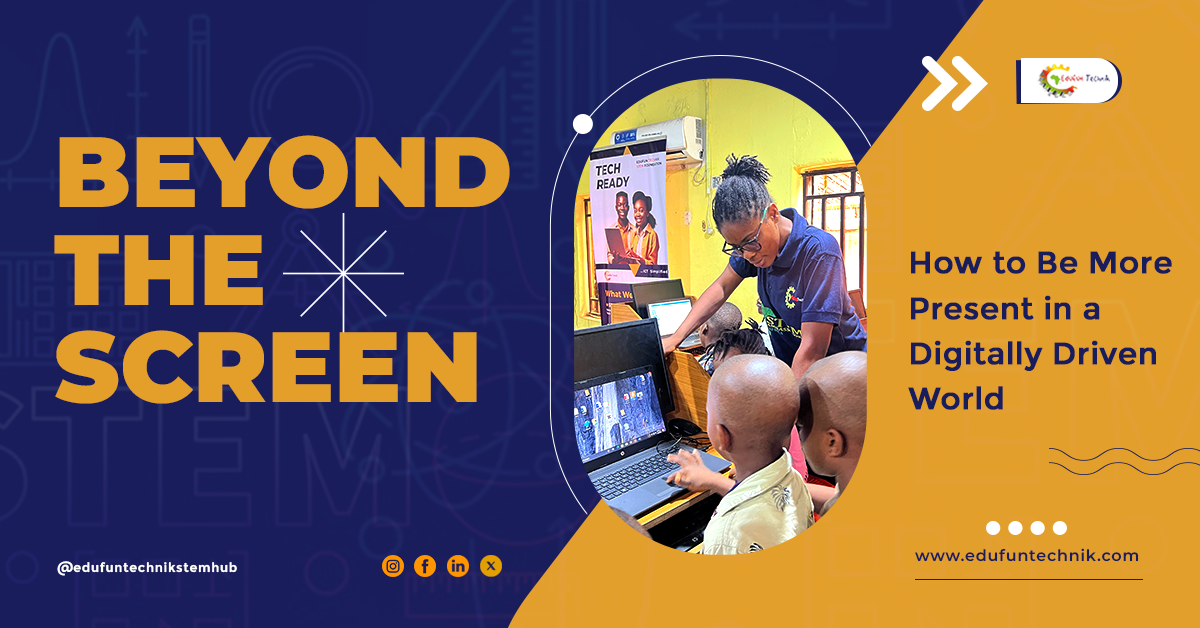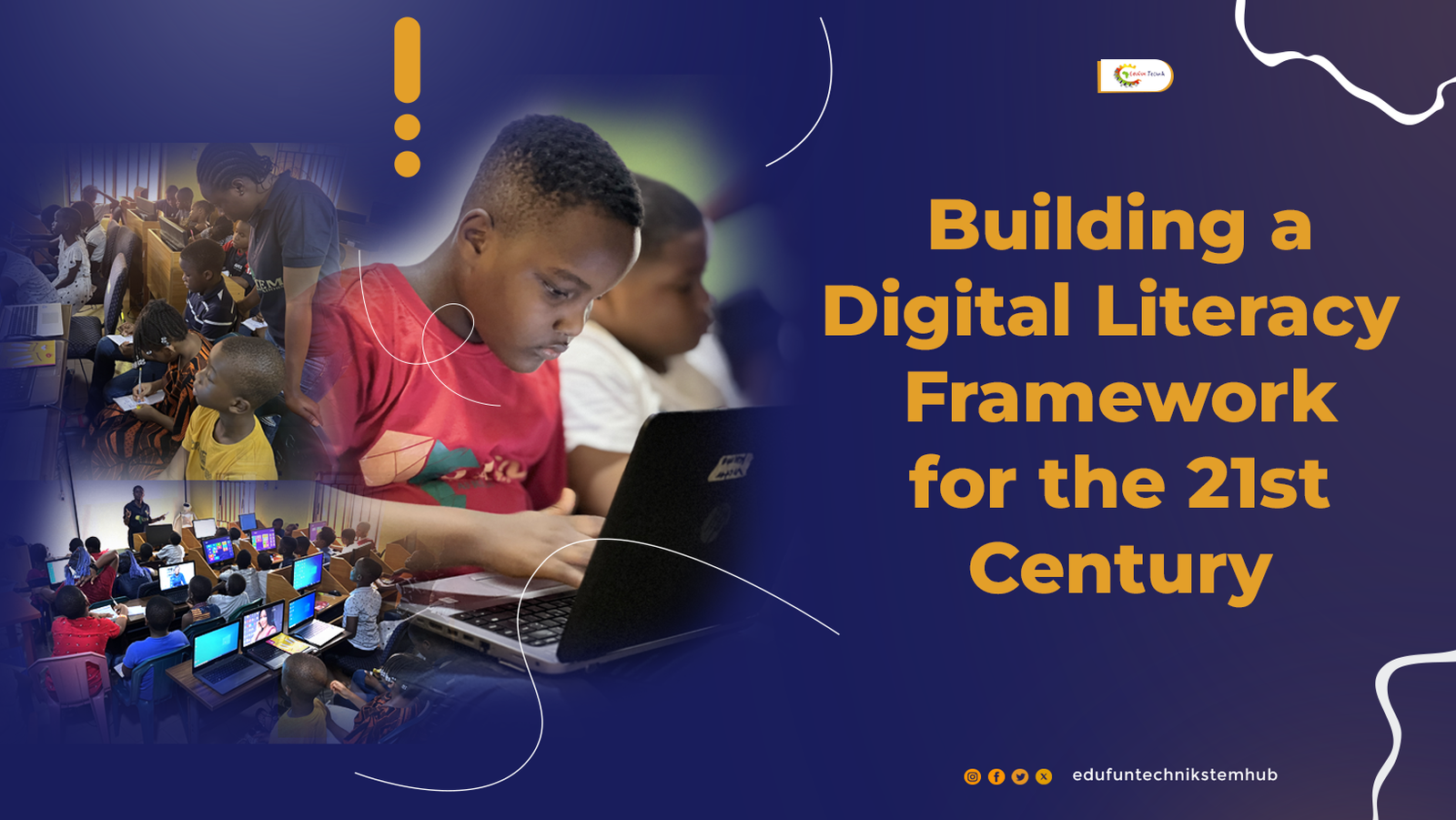In a world where information is readily accessible, it’s essential to safeguard our children’s mental and emotional well-being. As parents and educators, we play a crucial role in guiding our kids through the digital landscape, ensuring they grow up with a healthy perspective on violence and its portrayal in the media.
The Digital Age Dilemma
The rapid advancement of technology has drastically altered our consumption of media. Children, often more tech-savvy than adults, can easily access a wide range of content, including that which contains violence. Understanding this paradigm shift is key to addressing the challenges it brings.
It is therefore vital to guide children towards consuming media responsibly. This involves recognizing that while the digital world is a rich resource for education and entertainment, it also poses risks, such as exposure to violent content, which can have varying impacts on young minds.
Lets look at ways we can foster responsible media consumption and help children navigate this complex terrain.
Strategies for Managing Media Exposure

1. Age-Appropriate Content
Use Parental Controls: Parental controls are essential tools for managing what children can access online. They can be adjusted to suit different age levels, ensuring that children are not exposed to content that is inappropriate for their age group.
Regular Review of Settings: As children grow, their maturity and understanding evolve. Regularly reviewing and adjusting parental control settings can ensure that the content they access is appropriate for their developing minds.
2. Open Communication
Encourage Honest Conversations: Fostering an environment where kids can talk openly about their online experiences, including exposure to violent content, is crucial. This openness helps them process what they see and understand its context.
Active Listening: Actively listening to children’s experiences and concerns about digital content shows that their opinions and feelings are valued. This approach fosters trust and openness.
Addressing Curiosity: It’s natural for children to be curious about violence they encounter in the media. Parents should guide this curiosity by discussing the reasons behind this interest and framing it within a healthy, ethical context.
3. Teach Critical Thinking
Media Literacy: Teaching children to be media literate is crucial. This includes understanding how media is created, recognizing bias and sensationalism, and distinguishing between entertainment and real-life violence.
Discuss Real-Life Implications: Discussions about how violence in media differs from real-life violence help children understand the serious consequences and impacts of violence in the real world.
4. Balance Screen Time

Set Time Limits: Establishing limits on screen time ensures that children engage in a variety of activities, which is important for their overall development.
Tech-Free Zones: Creating areas in the home where technology is not allowed can promote other forms of interaction and activity, such as reading, physical play, and family discussions.
5. Lead by Example
Curate Personal Media: Children often emulate the behavior of adults. By being mindful of your own media choices, you set a standard for responsible consumption.
Discuss Content Choices: Explain why you choose certain media content and how it aligns with your values, providing a model for children to follow in their own choices.
6. Celebrate Diversity and Inclusivity
Positive Role Models in Media: Encourage children to engage with media that portrays diverse, positive role models, showing success in various fields, including STEM, arts, and leadership.
Highlight Real-Life Achievements: Share stories of diverse individuals who have made significant contributions, particularly in fields that are underrepresented.
7. Encourage STEM Education

Early Exposure to STEM: Introducing STEM subjects in a fun, engaging way from an early age can spark a lifelong interest in these areas. EduFun Technik programs like coding, robotics, and app development can be excellent avenues for this.
Show Practical Applications: Demonstrating the practical applications of STEM in everyday life can help children understand its relevance and potential for positive impact.
Navigating the digital landscape with children requires a multi-faceted approach, focusing on communication, education, and setting appropriate boundaries. By addressing these areas comprehensively, we as parents can help our children develop a healthy relationship with digital media, understand the impact of violence in media, and foster a well-rounded perspective on content consumption.







